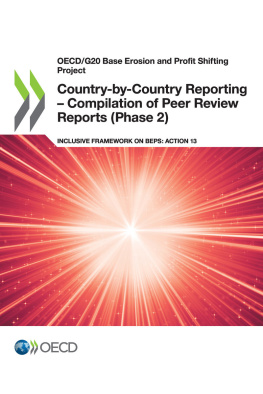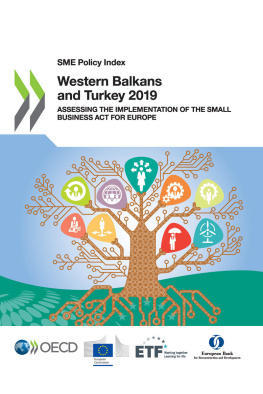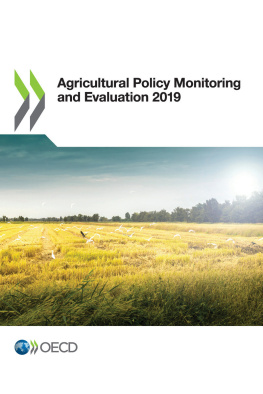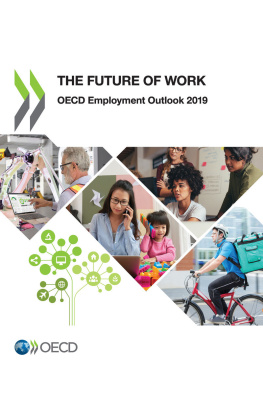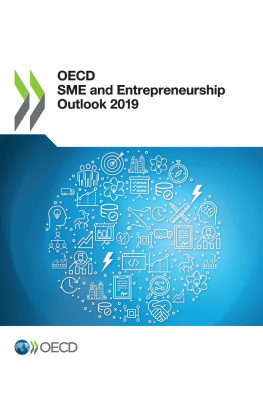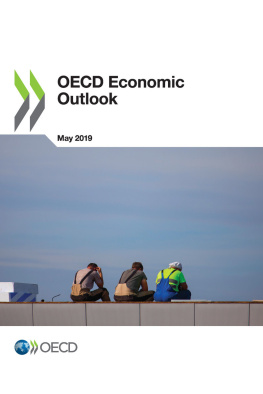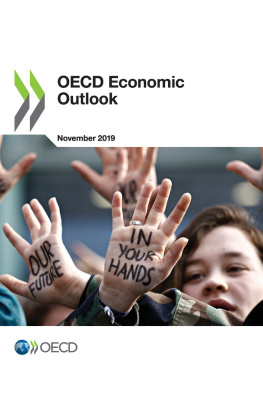OECD - OECD Economic Outlook, Volume 2016 Issue 2
Here you can read online OECD - OECD Economic Outlook, Volume 2016 Issue 2 full text of the book (entire story) in english for free. Download pdf and epub, get meaning, cover and reviews about this ebook. year: 2016, publisher: OECD Publishing, genre: Politics. Description of the work, (preface) as well as reviews are available. Best literature library LitArk.com created for fans of good reading and offers a wide selection of genres:
Romance novel
Science fiction
Adventure
Detective
Science
History
Home and family
Prose
Art
Politics
Computer
Non-fiction
Religion
Business
Children
Humor
Choose a favorite category and find really read worthwhile books. Enjoy immersion in the world of imagination, feel the emotions of the characters or learn something new for yourself, make an fascinating discovery.

OECD Economic Outlook, Volume 2016 Issue 2: summary, description and annotation
We offer to read an annotation, description, summary or preface (depends on what the author of the book "OECD Economic Outlook, Volume 2016 Issue 2" wrote himself). If you haven't found the necessary information about the book — write in the comments, we will try to find it.
OECD: author's other books
Who wrote OECD Economic Outlook, Volume 2016 Issue 2? Find out the surname, the name of the author of the book and a list of all author's works by series.
OECD Economic Outlook, Volume 2016 Issue 2 — read online for free the complete book (whole text) full work
Below is the text of the book, divided by pages. System saving the place of the last page read, allows you to conveniently read the book "OECD Economic Outlook, Volume 2016 Issue 2" online for free, without having to search again every time where you left off. Put a bookmark, and you can go to the page where you finished reading at any time.
Font size:
Interval:
Bookmark:
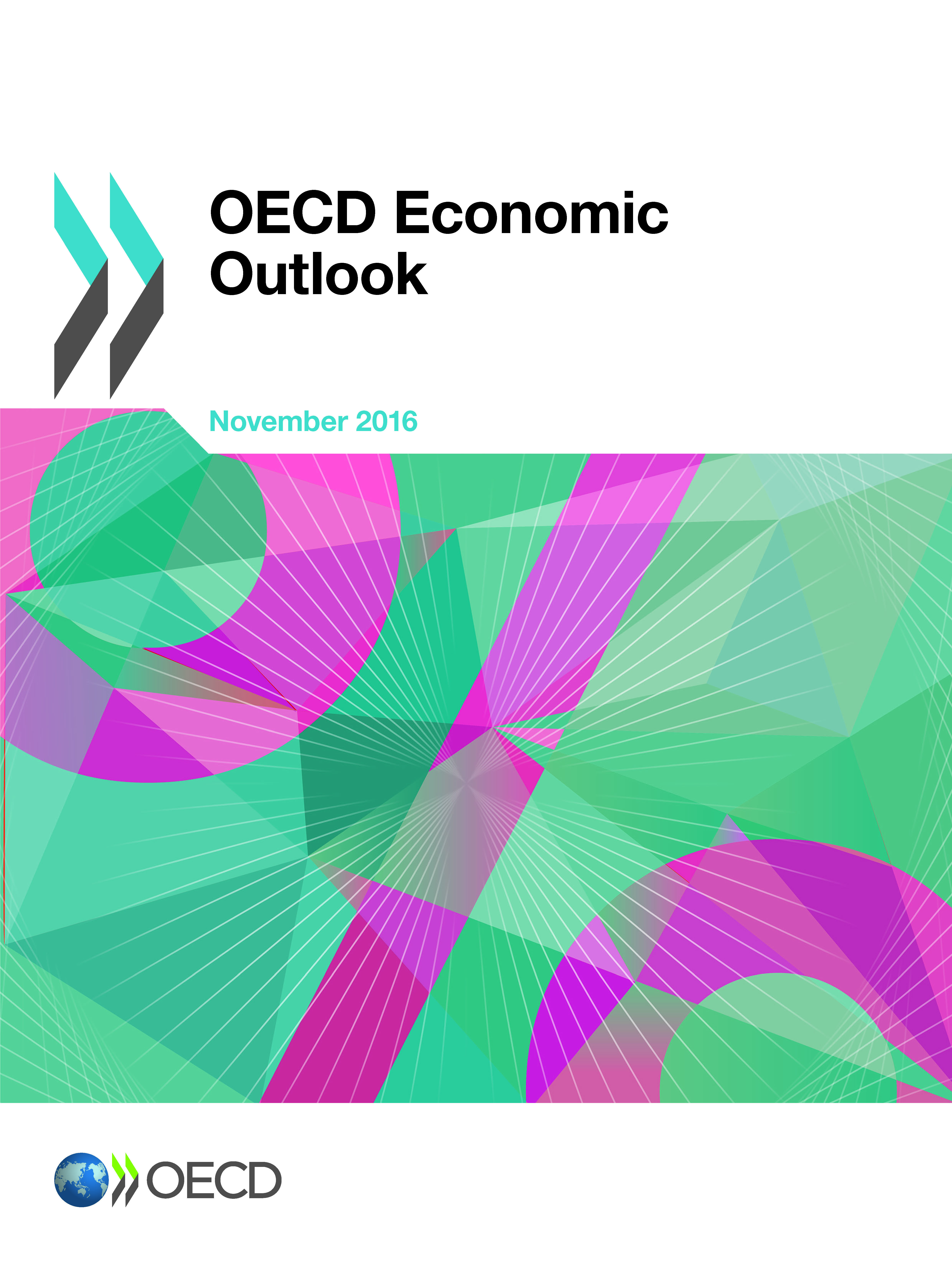
Flicitations et merci davoir tlcharg lun de nos tout nouveaux ePub en version bta.
Nous exprimentons ce nouveau format pour nos publications. En effet, mme si lePub est formidable pour des livres composs de texte linaire, le lecteur peut tre confront quelques dysfonctionnements avec les publications comportant des tableaux et des graphiques tout dpend du type de support de lecture que vous utilisez.
Afin de profiter dune exprience de lecture optimale, nous vous recommandons :
- Dutiliser la dernire version du systme dexploitation de votre support de lecture.
- De lire en orientation portrait.
- De rduire la taille de caractres si les tableaux en grand format sont difficiles lire.
Comme ce format est encore en version bta, nous aimerions recevoir vos impressions et remarques sur votre exprience de lecture, bonne ou autre, pour que nous puissions lamliorer lavenir. Dans votre message, merci de bien vouloir nous indiquer prcisment quel appareil et quel systme dexploitation vous avez utilis ainsi que le titre de la publication concerne. Vous pouvez adresser vos remarques ladresse suivante :
Merci !
Congratulations and thank-you for downloading one of our brand-new ePub-in-beta editions.
We're experimenting with this new format and, while ePub is fantastic for books with linear text, for books with charts, tables and graphs weve found some things may not work perfectly it depends on the device youre using.
So, for an optimal reading experience, we recommend:
- Using the latest version of your devices operating system.
- Reading in portrait mode.
- If large tables are tricky to read, try reducing the text size.
As this is an ePub-in-beta edition, we would be glad to receive feedback on your reading experience, good or otherwise, so we can improve for the future. When writing, please let us know which device/operating system you were using and the title of the publication. Write to:
Thank you!
OECD (2016), OECD Economic Outlook, Volume 2016 Issue 2, OECD Publishing, Paris, http://dx.doi.org/10.1787/eco_outlook-v2016-2-en.

Details of revisions available at: www.oecd.org/about/publishing/Corrigendum_EO100_E.PDF
For the last five years the global economy has been in a low-growth trap, with growth disappointingly low and stuck at around 3 per cent per year. Persistent growth shortfalls have weighed on future output expectations and thereby reduced current spending and potential output gains. Around the world, private investment has been weak, public investment has slowed, and global trade growth has collapsed, all of which have limited the improvements in employment, labour productivity and wages needed to support sustainable gains in living standards. Overall, a slowdown in structural policy ambition and policy incoherence have slowed business dynamism, trapped resources in unproductive firms, weakened financial institutions and undermined productivity growth. In the face of these limited prospects, the OECD has argued in previous Economic Outlooks that fiscal, monetary and structural policies need to be deployed comprehensively and collectively for economies to grow sufficiently to make good on promises to their citizens.
The projections in this Economic Outlook offer the prospect that fiscal initiatives could catalyse private economic activity and push the global economy to the modestly higher growth rate of around 3 per cent by 2018. Durable exit from the low-growth trap depends on policy choices beyond those of the monetary authorities that is, of fiscal and structural, including trade policies as well as on concerted and effective implementation. Collective fiscal action undertaken by all countries, including a more expansionary stance than planned in many countries in Europe, would support domestic and global growth even for those economies, who by virtue of specific circumstances, need to consolidate their fiscal positions or pursue a more neutral stance.
Some might argue that there is no space for such fiscal initiatives, given the heavy public debt burden in many economies. In fact, following five years of intense fiscal consolidation, debt-to-GDP ratios in most advanced countries have flattened. It is past time to focus on expanding the denominator GDP growth. This Economic Outlook argues that the current conjuncture of extraordinarily accommodative monetary policy with very low interest rates opens a window of opportunity to deploy fiscal initiatives. Fiscal space has been created by lower interest payments on rolled-over debt, which also increases gauges of market access and of debt sustainability. On average, OECD economies could deploy deficit-financed fiscal initiatives for three to four years, while still leaving debt-to-GDP ratios unchanged in the long term. A front-loaded effort could allow deficit finance to taper sooner and put the debt-to-GDP ratio sustainably on a downward path.
The key is to deploy the right kind of fiscal initiatives that support demand in the short run and supply in the long run and address not just growth challenges but also inequality concerns. These include soft investments in education and R&D along with hard investment in public infrastructures. Such fiscal initiatives would improve outcomes for demand and supply potential even more for economies suffering from long-term unemployment, when undertaken collectively, and when fiscal initiatives are complemented by country-specific structural policies put together in a coherent package. The mix is different for different countries, as developed in Chapter 2, with further details in the Country Notes in of this Economic Outlook .
Font size:
Interval:
Bookmark:
Similar books «OECD Economic Outlook, Volume 2016 Issue 2»
Look at similar books to OECD Economic Outlook, Volume 2016 Issue 2. We have selected literature similar in name and meaning in the hope of providing readers with more options to find new, interesting, not yet read works.
Discussion, reviews of the book OECD Economic Outlook, Volume 2016 Issue 2 and just readers' own opinions. Leave your comments, write what you think about the work, its meaning or the main characters. Specify what exactly you liked and what you didn't like, and why you think so.

